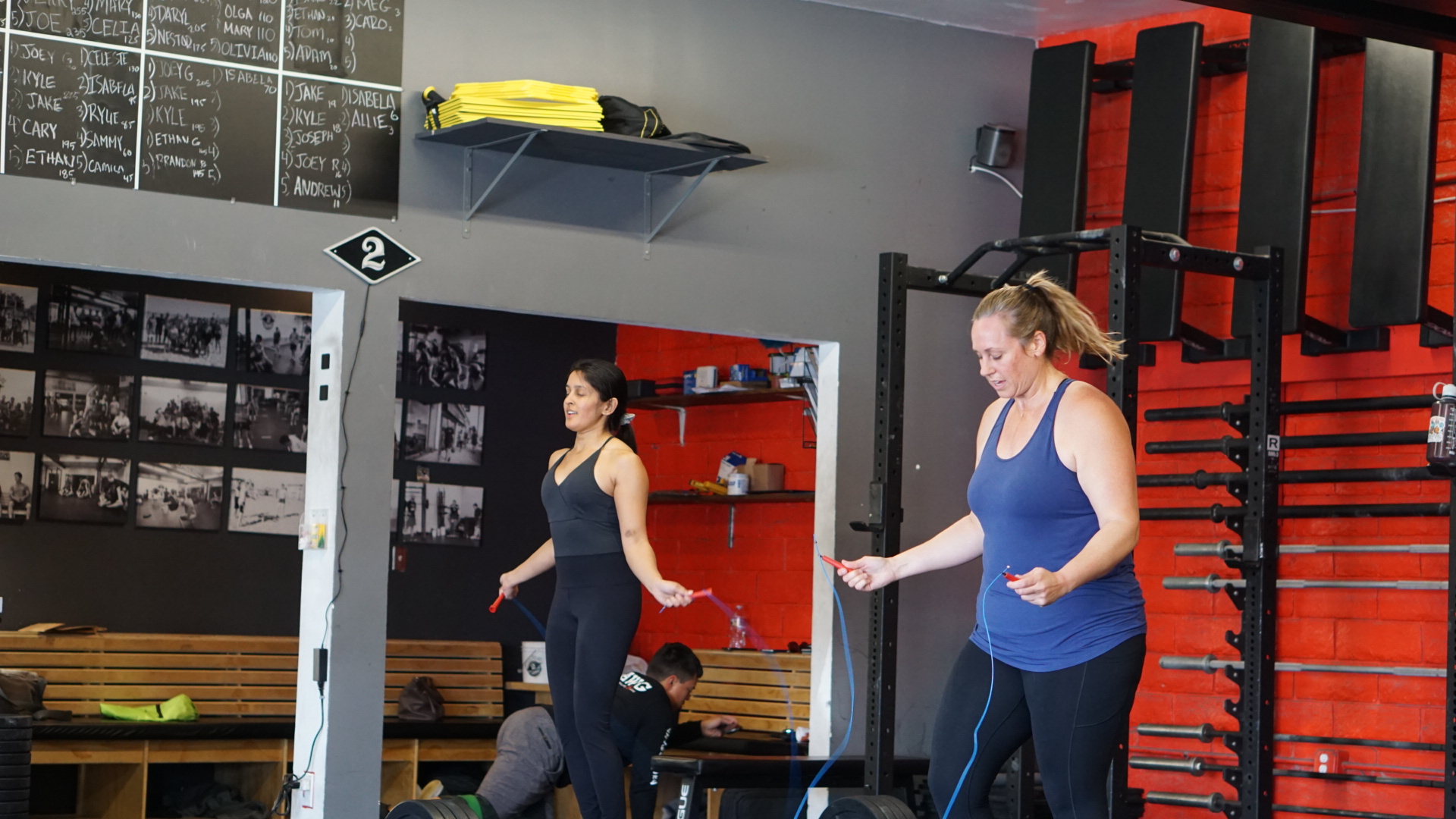
We know that the best teams and organizations in the world place specific emphasis on rites of passage. This is true in private sector, military, and athletics contexts. Furthermore, the degree of difficulty of the rite of passage matches the performance and exclusivity of the organization. For example, selection for infantry is less arduous and specific than selection for Special Forces. The same can be observed for hiring in the nation’s most prized corporate arenas.
The prevalence of a rite of passage is critical to the building of high performance culture in the Hold the Standard™ model because these processes are critical to developing and/or filtering for unique levels of trust and willingness.
Trust and willingness are critical for fringe level performances. Ultimately, members of high performance groups lean heavily on these two elements in order to vulnerably operate at the edges of their abilities and maximize the return on feedback to iterate better, faster than the next team.
In past articles and educational resources, we’ve discussed the importance of this concept of rites of passage to set the stage for a deliberately developmental organization. However, rites of passage aren’t enough to continue in a deliberately developmental way. This begs the question, what do high performance teams do to maintain the high performance status of being deliberately developmental?
What ultimately happens to teams when they have a strong rite of passage, but no follow through processes for development?
A good ‘ole boys club is born.
Politics and certain civil service roles can be case studies for this type of phenomenon, where a rite of passage backfires and those who make it through use the fact that they endured the rite of passage as a justification for stagnation, resistance to new stimulus, and maintaining the status quo. Think of the physically unfit, overweight police officer or the politician who uses his tenure and paid dues as a means to slip accountability and resist up and coming replacements.
The best teams in the world, then, don’t just have a meticulous rite of passage that builds trust and willingness, but they commit to ongoing processes of development. How do you ask? Well, here are some helpful ways:
- Developmental Experiments: Much of the edges or areas for improvement in team members exists because of a need for adaptation. Consider that Susan in Human Resources isn’t a notorious procrastinator because she doesn’t know procrastination hurts her performance. Changing behavior is blunted when the subject has good reason not to change. In Susan’s case, it likely feels too risky to change her behavior. Deliberately developmental organizations often deploy an experiment, or a lower stakes drill, to expose the assumptions preventing subjects from evolving with change behavior.
- Objective Feedback: It behooves any team interested in performance to maximize the transmission of and learning from negative feedback. Teams and organizations that improve faster than others often do so by exchanging feedback quickly, more frequently, and more honestly so important iterations can be made. To maximize this culturally, it’s best to not just rely on cultural “water cooler talk” for these exchanges but to build in a time and a place to exchange feedback. Dedicated sections of meetings and follow up protocols can lubricate these challenging conversations.
- Process Oriented Goals: The problem with results is that they are never fully in our control. Sometimes teams with ineffective processes still manage to have great results (for a while). Measuring performance based on results only, then, exposes teams like this that are having success “on accident” to fragility. Deliberately developmental organizations create metrics for evaluation that measure execution of the controllable processes.
If you’re interested in building the best version of your team or organization, your job isn’t over after implementing a grueling rite of passage process. It’s just beginning.
For more resources, consult DEUCE University.
4/22/22 WOD
DEUCE ATHLETICS GPP
Complete 5 rounds for quality of:
10 Medball Seated Chest Pass
12 DB Bench Press
10 Bent Over Landmine Row
Then, AMRAP 20
5 Chin Ups
10 Deficit Push Ups
15 Heel Elevated Goblet Squats
DEUCE GARAGE GPP
4-4-4-4
Pause Bench Press (:02)
Complete 4 rounds for quality of:
12 DB Renegade Rows
Max Push Ups
Then, complete 3 rounds of the following:
100 Double Unders
400m Run

